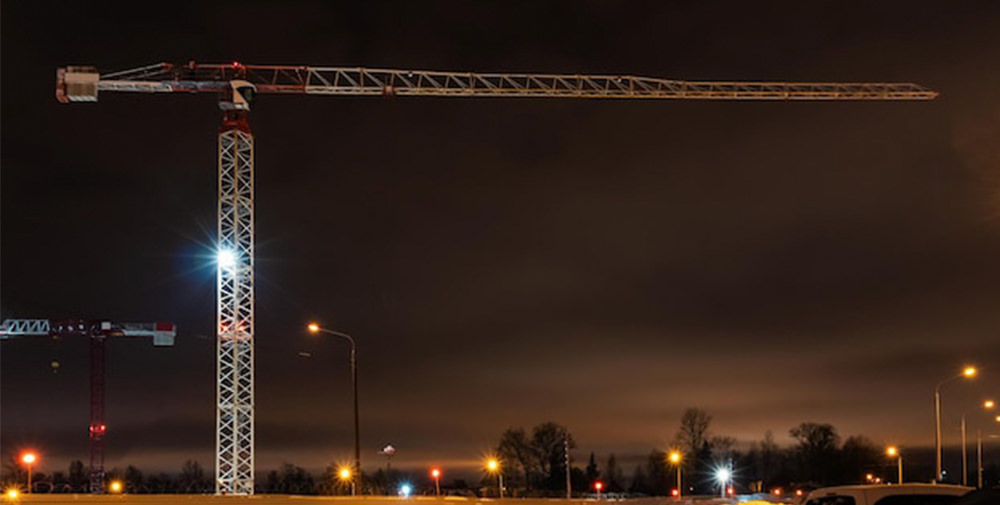Every year, AGC got various inquiries for DC input lights, such as DC24V high bay lights, DC24V flood lights, or street lights; sometimes DC12V is needed. Common LED industrial lights are 220VAC input or 100-277VAC input; the energy comes from electricity power net. Why do people need DC input lights? Where do they use these fixtures?
Among these inquiries and communications with our clients, we find most DC24V lights are used as work lights in the locations, including outdoor settings or areas without easily accessible AC power sources. Using DC input allows for compatibility with a broader range of power sources, such as batteries, generators, or solar panels, making them more versatile and portable.
Where are the DC input work lights used?
The DC input work lights are portable lighting devices used in various industries to provide illumination for workspace. Some common uses of work lights include:
Construction sites: Work lights are commonly used at construction sites for nighttime work or in areas with insufficient natural light. They help workers perform tasks safely and accurately.

Tower crane lighting

Automotive repair: Work lights are essential in automotive repair shops, providing focused illumination for mechanics to inspect and repair vehicles, especially in hard-to-reach areas.
Outdoor activities: Work lights are used for outdoor activities such as camping, hiking, and emergency situations where portable and powerful illumination is required.

Camping lighting
Maintenance and inspection: Work lights are utilized by maintenance professionals and inspectors in various fields, including electrical, plumbing, HVAC, and more, to properly assess and work on equipment and systems.
DC input lights advantages
Safety: DC (Direct Current) input lights compared to AC (Alternating Current) input lights, are safer. DC input generally implies lower voltage levels compared to AC input, which can reduce the risk of electrical shock or other safety hazards. The work lights usually utilize lower voltage DC power supplies to enhance user safety.
Efficiency: DC input enables more efficient conversion and utilization of electrical energy. Many work lights utilize LED technology, which operates on low voltage DC power. By using DC input directly, the need for AC to DC conversion is eliminated, reducing energy loss and improving overall efficiency.
Durability: Some work environments may involve rugged conditions, such as construction sites or workshops. DC-powered work lights can be designed to withstand vibrations and fluctuations in the power supply better than their AC-powered counterparts, resulting in increased durability and reliability.
Cost-effectiveness: DC-powered work lights often have simplified circuitry and components, which can contribute to cost savings in terms of manufacturing and maintenance compared to AC-powered lights.
It's worth noting that while many work lights primarily use DC input, some models may also offer the option for AC input through adapters or transformers to accommodate different power sources or specific requirements.
If you are looking for DC input lights for your projects, contact AGC for the right solutions.












